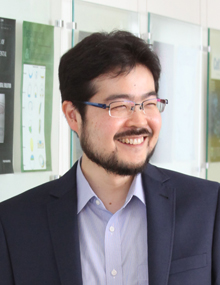
What is the ultimate goal of regenerative research using human pluripotent stem cells? We think this is to recreate a whole replaceable organ in vitro via directed differentiation. Due to the continuous rise in the incidence of end-stage renal disease around the world (approximately 7% per annum), there is an urgent demand for regenerative strategies to compensate for the loss of renal function in these patients. In our previous study, we developed a protocol by which human pluripotent stem cells can be differentiated into the intermediate mesoderm that can self-organize into kidney organoids. While these kidney organoids comprise all anticipated renal tissues, including nephrons, collecting duct, blood vessels and renal interstitium, they are still far from the real human kidney in terms of their size, tissue complexity, maturity and functionality. By precisely recapitulating the developmental processes of the human kidney in directed differentiation of human pluripotent stem cells, we are trying to achieve the ultimate goal of generating a three-dimensional kidney that is functional and that can also be transplanted into patients. We appreciate knowledge from basic developmental biology that is essential for such regenerative studies; therefore, we are also highly interested in studies of human embryology. Utilizing our unique technology that generates hPSC-derived kidney organoids from pluripotent stages in vitro, we are focusing particularly on uncovering the developmental mechanisms of the human mesoderm and kidney.

minoru.takasato[at]riken.jp

